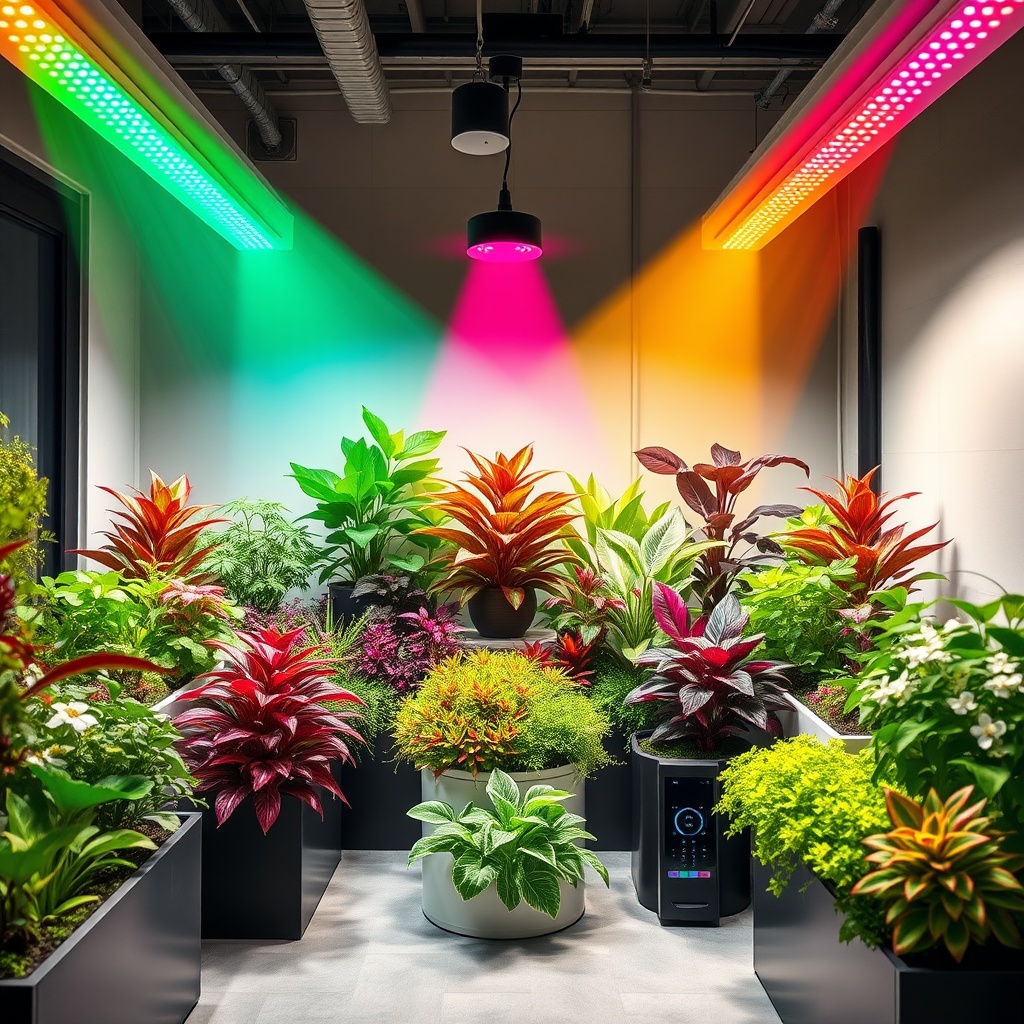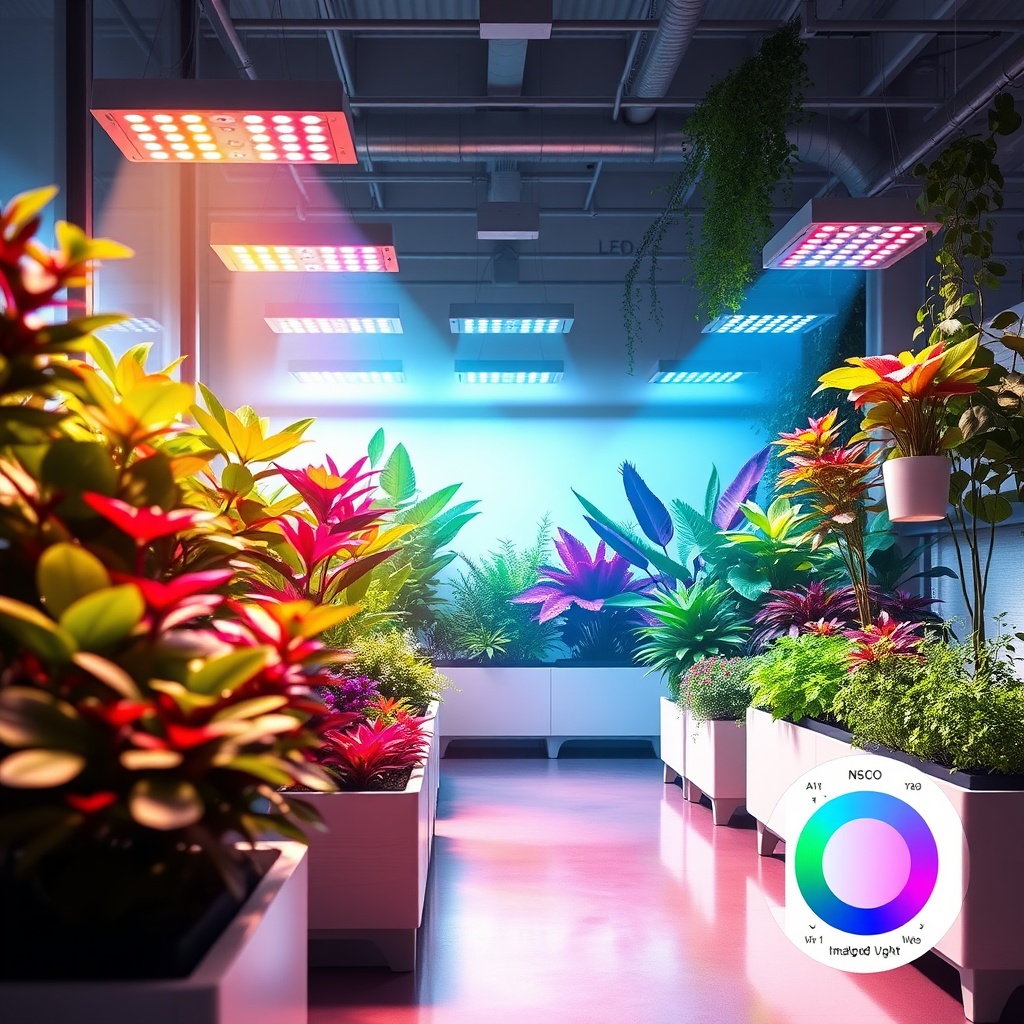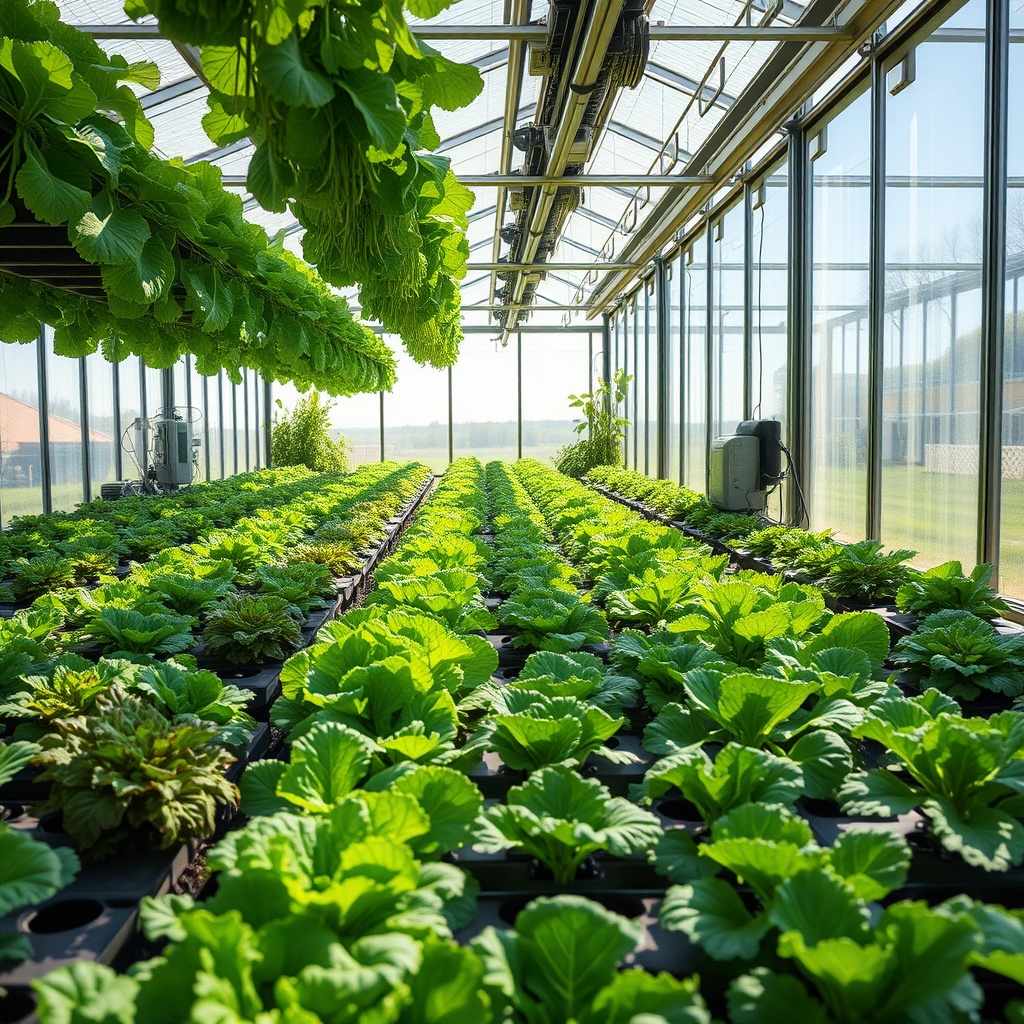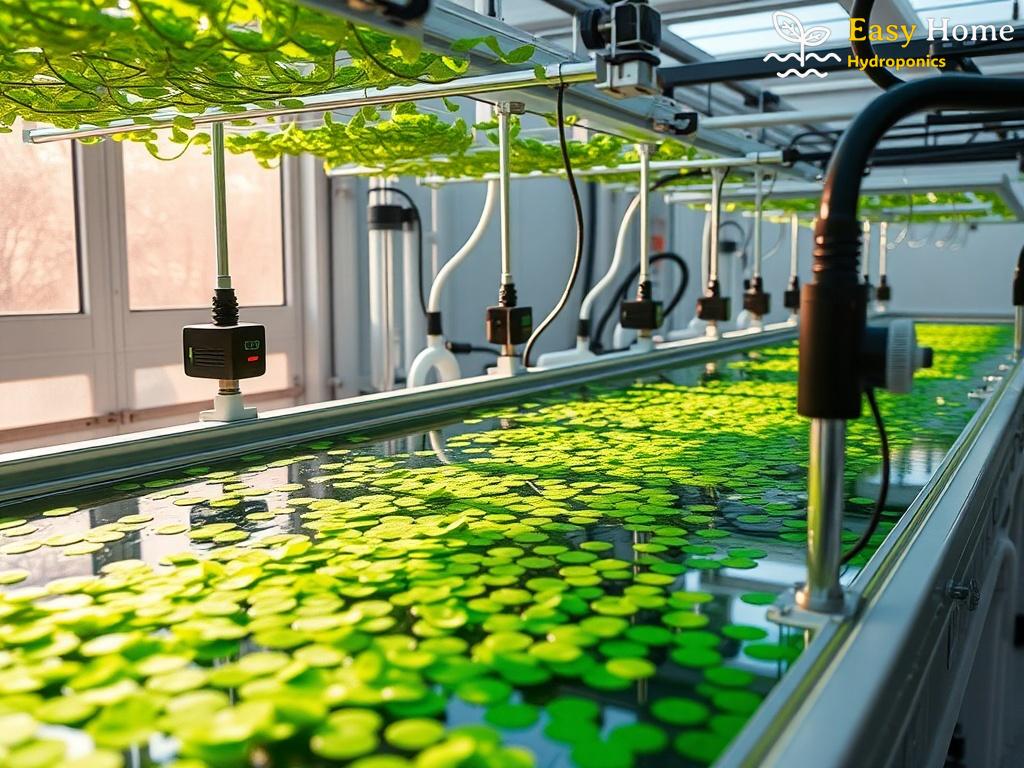Understanding the Role of Light in Plant Development

The relationship between light and plant growth is both intricate and fascinating. Plants use light to perform photosynthesis, the process that enables them to convert light energy into chemical energy. However, not all light is created equal. Different wavelengths of light influence various aspects of plant development, from germination to flowering. By mastering the spectrum of light, indoor gardeners can create an optimal environment for their green companions to thrive.
Techniques for Spectrum Management

Adopting advanced techniques in light spectrum management can significantly enhance the growth potential of indoor gardens. Here are several methods that can be employed to fine-tune the light exposure for plants:
- Full-Spectrum LED Grow Lights: These lights provide a balanced spectrum that mimics natural sunlight, promoting healthy growth at all stages.
- Adjustable Light Timers: Utilizing timers allows gardeners to control the duration and intensity of light exposure, aligning with the natural photoperiods that plants require.
- Color Tuning: By adjusting the color temperature of lights, specific wavelengths can be emphasized to encourage different growth phases, such as leaf development or flowering.
- Light Positioning: Strategically placing lights at various heights and angles can ensure that all plants receive adequate light, preventing overcrowding and competition.
Innovative Technologies Shaping the Future
The future of indoor gardening is being revolutionized by cutting-edge technologies that enhance light spectrum management. Innovations such as smart lighting systems equipped with sensors and AI-driven algorithms allow for real-time adjustments based on plant needs. These systems can learn from the environment, optimizing light conditions automatically to ensure that plants receive the perfect amount of light throughout their growth cycle. As urban gardening becomes increasingly popular, these advancements offer solutions that make it easier and more effective to cultivate lush, vibrant indoor gardens.




